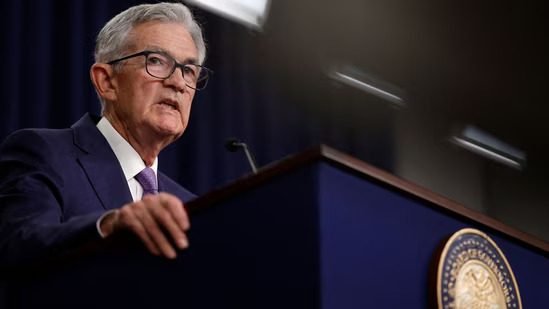The U.S. dollar took a stumble on Friday, erasing most of the week’s gains after a report on slower-than-expected job growth in July ignited a dual reaction in the market.
Date: Aug 05, 2023
Place: New Delhi, India
While some took this as a sign of a softer economic landing, others pointed to higher wages, hinting that the Federal Reserve might need to maintain elevated interest rates for an extended period.
The Jobs Picture: A Mixed Bag
The July jobs report showed the U.S. economy adding fewer positions than anticipated, with nonfarm payrolls growing by 187,000, falling short of the Reuters’ surveyed economists’ prediction of 200,000. However, solid wage gains of 4.4% year over year and a drop in unemployment to 3.5% marked ongoing tightness in the labor market.
May and June’s downward job growth revisions suggest a cooling labor demand following the Fed’s significant rate hikes. Yet, the moderating hiring pace might also indicate that companies are struggling to fill 1.6 job openings for every unemployed individual.
Market Reactions: A Balance of Optimism and Caution
This softer-than-expected jobs figure dampened the week’s rising Treasury yields and curtailed the dollar’s climb, according to Marc Chandler, Chief Market Strategist at Bannockburn Global Forex.
“The dollar’s upside correction is almost over,” Chandler observed, pointing to “a bit of a long-dollar liquidation” sparked by a sharp drop in interest rates.
Next week’s Consumer Price Index (CPI) report could be a game-changer, potentially showing the first year-over-year inflation rise since June 2022.
Kathy Lien, Managing Editor of 60 Second Investor, highlighted the mixed feelings in the market, noting that the data leaves room for another rate hike by the Federal Reserve, but “the case is still for a soft landing at worst.”
Following these mixed signals, the dollar index fell by 0.4%, marking the currency’s most significant single-day loss in three weeks.
Currency and Bond Markets: Global Impact
The euro and Japanese yen strengthened against the dollar by 0.55% and 0.51% respectively, while the Australian dollar was buoyed by an end to Chinese anti-dumping and anti-subsidy tariffs on Australian barley imports, a sign of improving trade relations.
Long-term U.S. Treasury yields, after hitting nine-month highs on Thursday, were sensitive to the job growth figures. The Bank of Japan’s recent monetary policy changes had traders eyeing how fast and how high yields would rise.
A Trending Labor Market: Bulls and Bears
State Street’s Senior Global Macro Strategist, Marvin Loh, summarized the market sentiment, saying, “Like a lot of the data we’ve gotten of late, there are things for the bulls and there are things for the bears.”
Slowing job growth draws the economy closer to Fed Chair Jerome Powell’s ideal monthly creation number of 100,000 to 120,000 jobs. But the rising wages conflict with the Fed’s 2% goal.
To sum up, July’s job report brings a nuanced picture of the economic landscape. The slowing job growth, accompanied by increasing wages, fuels a complex debate that has ramifications across currency and bond markets. Whether seen as a sign of stability or a warning flag for future rate decisions, the market reactions illustrate a delicate balancing act in interpreting the data, reflecting broader uncertainty in the global economy.
Disclaimer
CurrencyVeda provides information purely for educational purposes. We are not financial advisors or brokers. The content we provide should not be taken as financial advice or a recommendation to buy or sell any sort of investment or security. Always perform your own due diligence and consult with a licensed professional before making any investment decision.
Source- The Print, Reuters, Money Control





